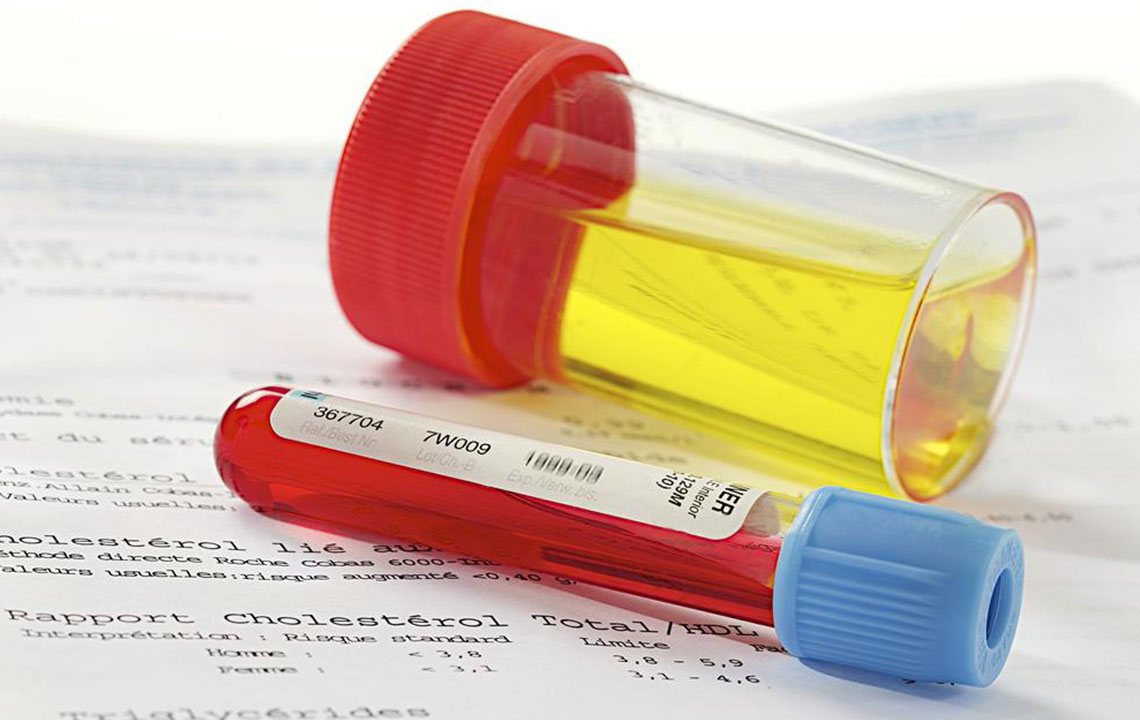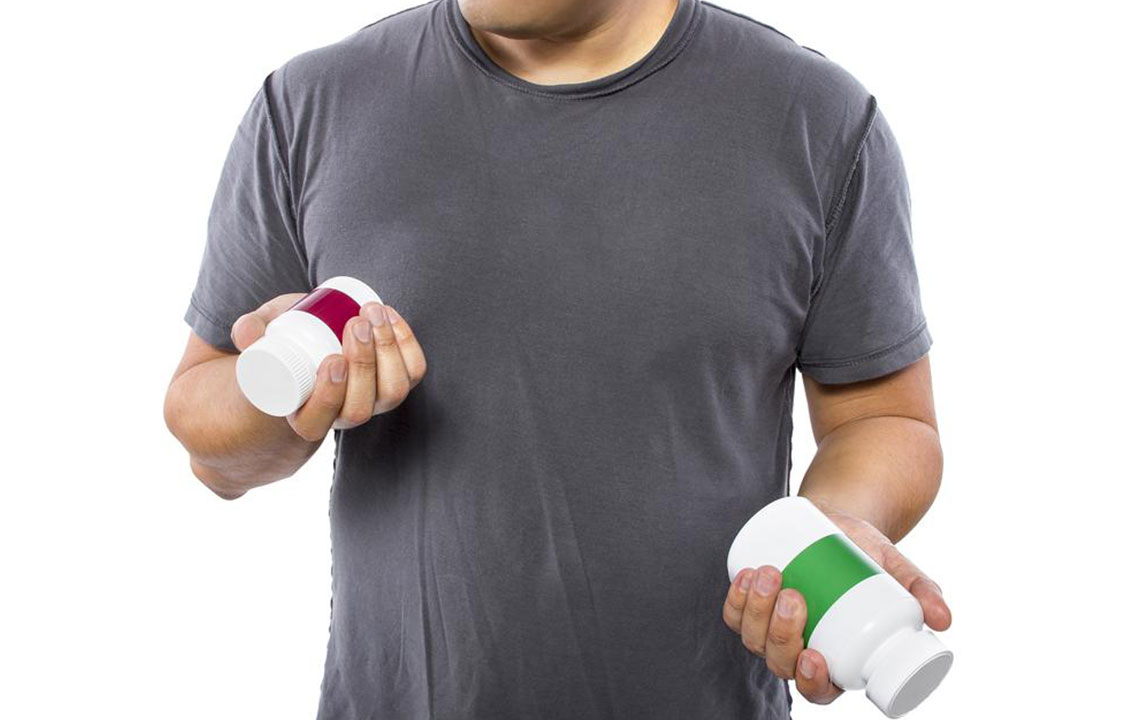Comprehensive Guide to Urinary Incontinence: Causes, Preventive Strategies, and Effective Treatments
This comprehensive guide explores the causes of urinary incontinence, including hormonal, structural, and lifestyle factors. It offers insights into effective management strategies and medical treatments such as medications, physical therapy, and surgical options. Understanding these solutions can significantly improve quality of life for those affected by bladder control issues, emphasizing the importance of early diagnosis and personalized care.

Understanding and Managing Urinary Incontinence: Causes and Treatment Options
Urinary incontinence is a common condition that often gets misunderstood as simply a symptom rather than a standalone health issue. Still, it affects millions of people worldwide and can significantly impact daily life and emotional well-being. While it is more prevalent among older adults, younger individuals are not immune, especially if they have specific health conditions or lifestyle factors that contribute to bladder control problems. Recognizing the causes, understanding the spectrum of treatment options, and adopting effective management strategies are essential for improving quality of life. Proactive medical consultation plays a crucial role in diagnosing the underlying causes and tailoring appropriate treatment plans.
Many factors influence urinary health, including diet, hydration habits, and overall physical health. Certain foods and beverages—such as spicy, acidic, or sugary items, along with alcohol—can irritate the bladder, triggering episodes of leakage. Moreover, some medications, including blood pressure drugs, diuretics, and sedatives, may contribute to urinary incontinence. Elevated intake of vitamins B and C in high doses might also play a role, although the evidence varies. Additionally, health conditions like urinary tract infections (UTIs), constipation, and neurological disorders can either cause or exacerbate bladder control issues. Effective diagnosis often involves a detailed medical history, physical examinations, and diagnostic tests like urinalysis and urodynamic studies to identify the root causes accurately.
Understanding the physical causes of urinary incontinence is the first step toward effective management. Here are some common contributors:
Pregnancy and Childbirth
During pregnancy, hormonal fluctuations and increased abdominal pressure can weaken pelvic floor muscles, affecting bladder control. Childbirth, particularly with vaginal delivery, can cause damage to pelvic nerves and tissues, leading to stress incontinence. The descent of pelvic organs such as the bladder, rectum, and uterus further raises the risk of leakage problems. Postpartum recovery, pelvic floor exercises, and pelvic physiotherapy can support bladder health during this period.
Prostate Enlargement (Benign Prostatic Hyperplasia)
In men, an enlarged prostate can block urine flow, leading to symptoms like dribbling, urgency, and leakage. Over time, this can worsen if not addressed. Prostate health checks, including digital rectal exams and PSA tests, are vital for early detection. Managing prostate health through medication or surgical interventions can significantly improve urinary control issues.
Urinary Tract Tumors
Tumors within the urinary tract can cause mechanical obstruction or pressure, resulting in leakage. Such tumors may be benign or malignant and necessitate surgical removal, radiation, or other oncologic treatments.
Hysterectomy and Menopause
Surgical removal of the uterus (hysterectomy) and hormonal changes during menopause can weaken pelvic muscles and connective tissue support structures. Postmenopausal women experience a decline in estrogen levels, leading to atrophy of the urogenital tissues and increased risk of incontinence. Strategies like pelvic floor strengthening exercises and hormonal therapy can help mitigate these effects.
Addressing urinary incontinence often involves a combination of behavioral modifications and medical treatments. Making simple lifestyle changes can have remarkable effects:
Delay urination by about 10 minutes to train the bladder to hold more urine
Reduce intake of bladder irritants such as spicy foods, caffeine, alcohol, and acidic foods
Maintain a regular schedule for urination to prevent overdistension
Manage constipation through a high-fiber diet and adequate hydration, as straining can worsen bladder control
Medical interventions include pharmacological options such as anticholinergic medications (like oxybutynin or tolterodine) that calm overactive bladders, topical estrogen patches or creams to strengthen urogenital tissues, and alpha-adrenergic blockers to relax the urethral muscles. The medication Mirabegron is another effective option, as it increases the bladder's capacity to hold urine, providing relief from urgency and frequency symptoms.
When medications are insufficient, interventional therapies are available. These include nerve stimulation devices (peripheral or sacral neuromodulation) that regulate bladder nerve signals, urethral bulking injections to improve closure, and Botox injections directly into the bladder muscle for overactive bladder symptoms. Pelvic floor physical therapy, especially Kegel exercises, can be highly effective in strengthening the muscles involved in bladder control. Techniques like electrical stimulation and biofeedback can further enhance these efforts, improving muscle strength and coordination.
Surgical options are typically reserved for severe cases unresponsive to conservative treatments. Procedures such as mid-urethral sling surgery involve inserting supportive tapes to reinforce the urethra and prevent leakage during activities requiring increased abdominal pressure. Other surgical interventions may include bladder neck suspension or correction of structural abnormalities. Surgery can considerably improve quality of life by restoring continence, but it requires careful evaluation and planning in consultation with specialized urologists or gynecologists.
In summary, understanding the multifaceted causes of urinary incontinence and exploring various management options can lead to significant improvement. Early diagnosis, lifestyle modifications, medications, minimally invasive procedures, and surgery—when necessary—are all part of a comprehensive approach. It is essential for individuals experiencing persistent symptoms to seek medical advice promptly to develop an effective treatment plan tailored to their specific needs.





